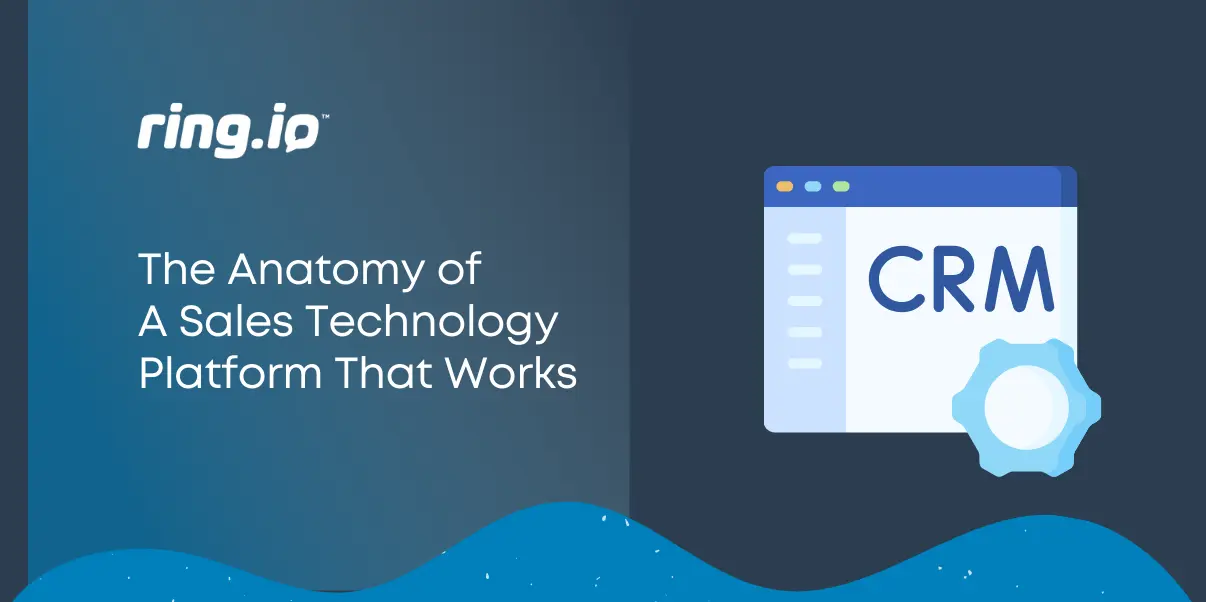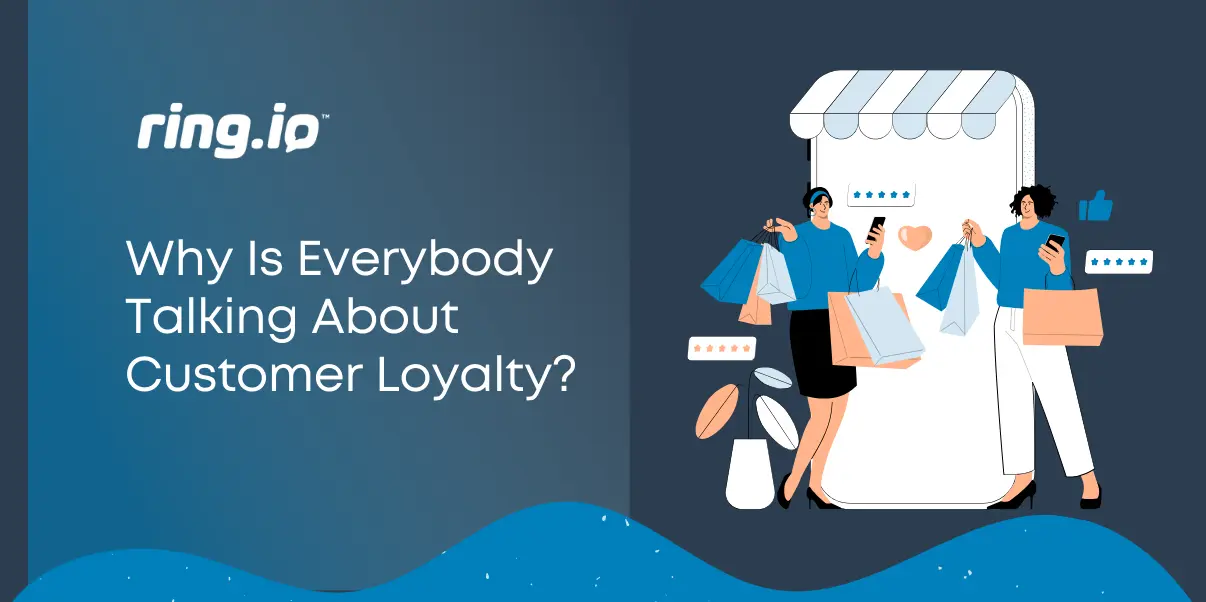In today’s business environment, the buyer holds all the cards. In the pre-internet sales environment, the seller was in control. If a buyer needed technical or pricing information, they had to get it from the seller. If they wanted to speak to a customer to learn their experience with a buying option, they had to get an introduction from the seller. Sales and marketing strategist David Meerman Scott describes the current state of affairs thusly: “Now, the buyers can check you out themselves. They can find your customers and read their blog accounts about what you do. They can reach the founders directly via Twitter and LinkedIn. Buyers actively go around salespeople until the last possible moment and then come into negotiations armed with lots and lots of information. Now it’s the buyers who have the leverage.“
Modern sales teams need to recognize the new paradigm in order to be successful. The best modern sales teams use a social selling method powered by sales technology platform. So just what is a sales technology platform and how are modern sales teams using it to succeed? Here is a description of the anatomy of sales technology platform that works.
The brain: your CRM System
Your CRM is the brain of your sales technology platform. It records and archives all of your interactions with your customers and potential buyers. It’s the central hub of the platform that integrates with each component and enables interaction between the other components.
For sales teams, the CRM:
- maintains an historical record of your communications with your customers and potential buyers. When used properly, every email, every phone call and every meeting is summarized and recorded in the CRM. When a team member has a conversation with a customer, she knows the background and can facilitate a useful conversation with that advances the relationship.
- reminds team members when to reach out to customers and prospects to advance the relationship. Based on the needs of the customer and past interactions, the CRM enables regular interactions with customer and potential buyers to advance the sales process and ensure customer satisfaction.
- pulls in data from other components of the platform to give team members a 360 degree view of the relationship.
Quite simply, it’s almost impossible to manage a high-performing sales team without an integrated CRM.
The heart: your marketing automation system
A marketing automation system is the heart of your sales technology platform, generating life-giving leads to your sales team and nurturing them until they become customers. Like the human body, without a steady flow of leads, a business will die.
Today’s buyer doesn’t wait to be contacted by a salesperson to begin their buying process; they complete 57% of the buying process before ever contacting a salesperson. Your marketing automation system connects with prospects when they are researching buying options through search engine queries and social media conversations. Here’s a description of how your marketing automation system works with your CRM to generate leads.
- A buyer conducts a search engine query and comes to your website to read a blog post that answers a question they had.
- The buyer clicks on a call-to-action that leads them to a landing page where they can complete a form to download an eBook with more information about their problem.
- When the buyer completes the form, they receive the eBook and the marketing automation notifies the CRM that a new lead has been generated.
- The marketing automation system starts a lead nurturing campaign that provides the buyer with useful information to help them progress through their buying process.
- The marketing automation system “scores” the lead based on actions they take to determine when a human sales outreach is appropriate.
- A notification is sent to the CRM for the assigned sales rep to contact the lead.
In order for a marketing automation system to work properly, it must integrate with your CRM.
The mouth and ears: your CRM-enabled calling platform
Unless you’re an e-commerce company, you need to have a human-to-human interaction to complete a sale. A CRM-enabled calling platform enables sales teams to have relevant conversations with customers and potential buyers that help them solve problems. Because the platform is integrated with your CRM, all telephone interactions are recorded and archived in the CRM. A CRM-enabled calling platform:
- Provides transparency and insight into sales team performance. Best practices of high-performing reps can be identified and shared throughout the team.
- When combined with power-dialer technology, a CRM-enabled calling platform enables more quality sales touchpoints.
A CRM-enabled calling platform helps you communicate effectively with customers and potential buyers who have completed the majority of their buying process.
The soul: your social selling tools
Social selling tools allow you to communicate with your customers and prospects in the format that they prefer. Social selling tools might be embedded in your marketing automation software or your CRM, or they may be stand-alone tools like LinkedIn for Teams. In any event, the most important aspect of social selling tools is their ability to help you listen to your audience. By following your customers and prospects on social media, you can learn what’s important to them and identify trigger events that might indicate that they are ready to buy.
Summary
While there are other components of a sales technology platform, these 4 tools compose the backbone of your platform. While the buyer holds the cards in today’s sales environment, a good sales technology platform will help you sell the way your buyers want to buy.





